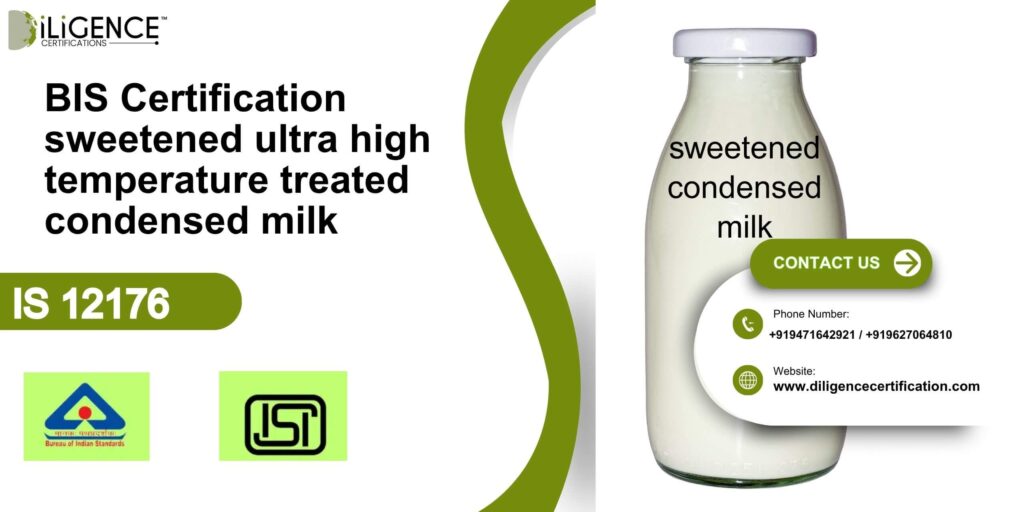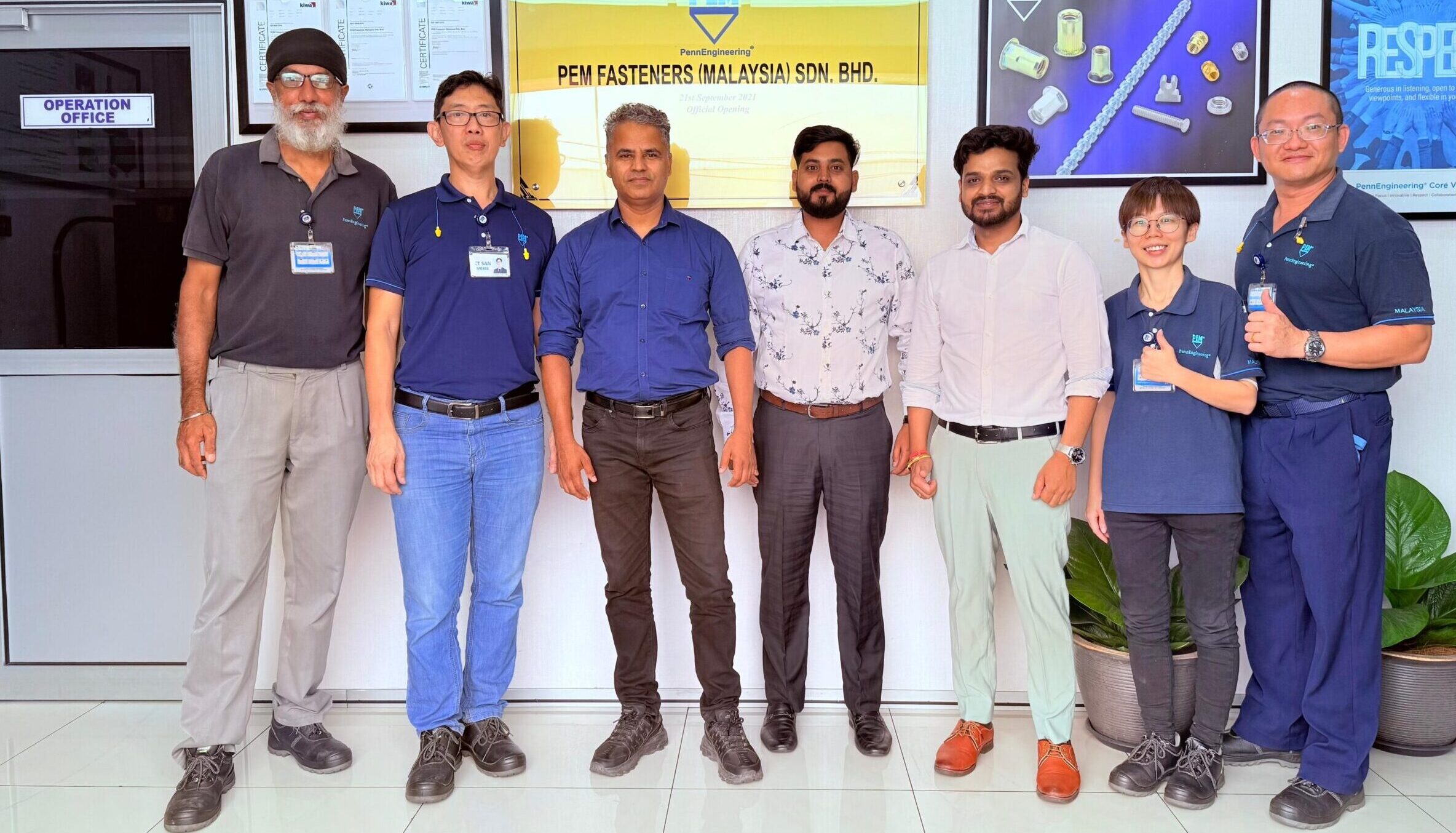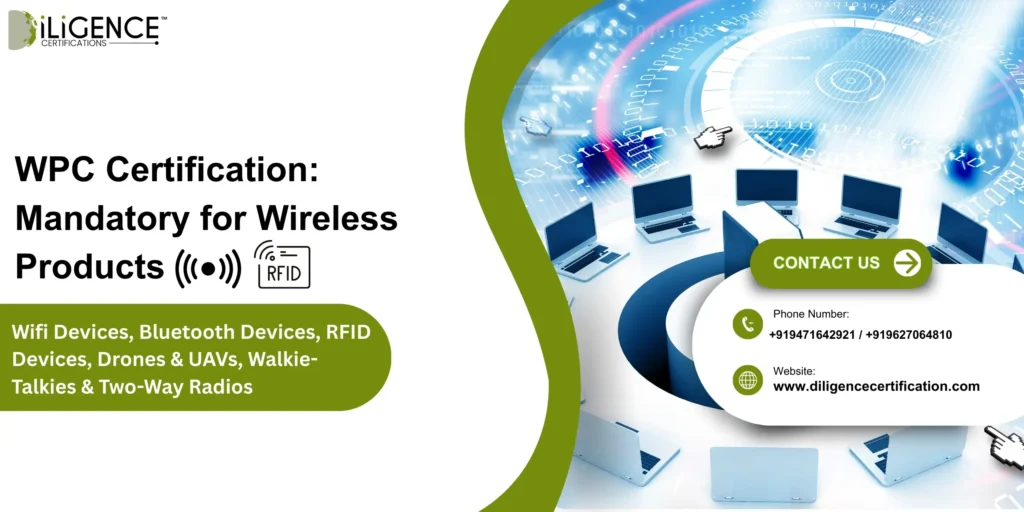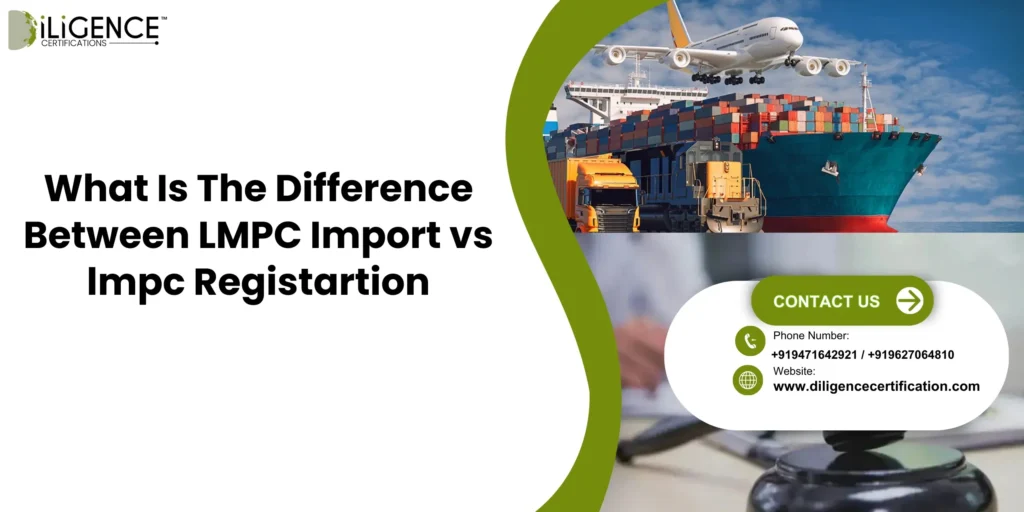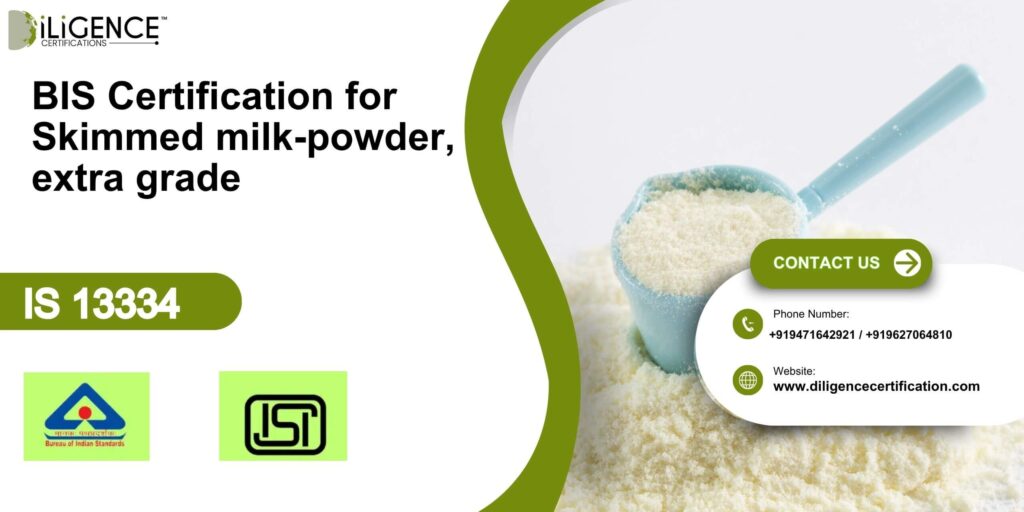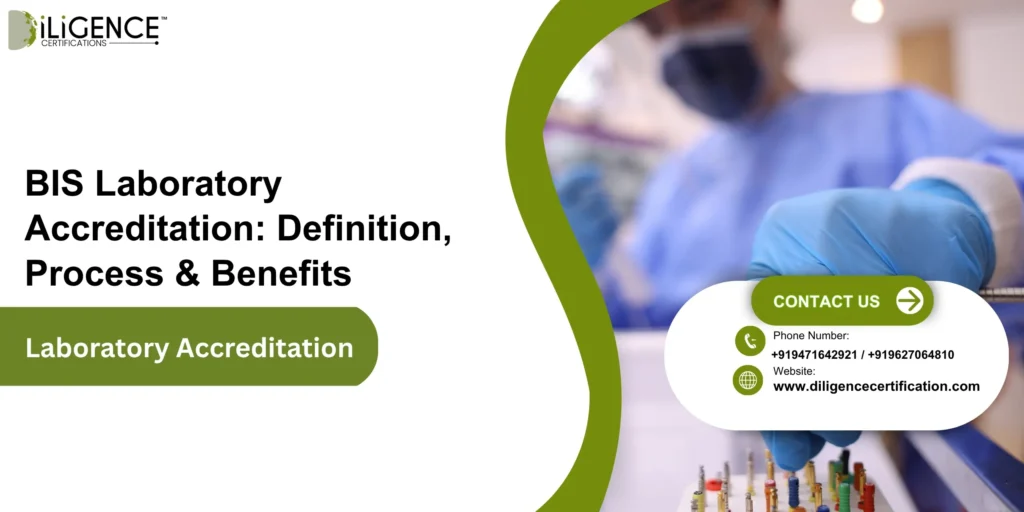- As per IS 12176, sweetened ultra high temperature treated condensed milk is defined as a product that has been processed at 140°C or above and packed aseptically.
- This standard lays down the limits of quality for milk solids, fat, sugar content, and microbiological safety.
- BIS certification requires a submission, product laboratory testing, and a factory inspection, followed by the grant of a license to use the ISI mark.
- Presently, the certification under IS 12176 is made voluntary after being de-notified from the mandatory list.
- For that reason, it is still important to ascertain the quality of products, gain consumer confidence, and be eligible for export and institutional markets.
Introduction
A significant number of dairy companies in India are engaged in the production of sweetened ultra-high temperature (UHT) treated condensed milk. However, they appear quite hesitant about the BIS certification under IS 12176. The Bureau of Indian Standards (BIS) is an organization that lays down this standard to implement very strict guidelines related to the product’s composition, safety from microorganisms, and packaging. Even though getting certified is at present on a voluntary basis, it is still considered as a mark of high quality and a source of consumer trust. A good hold on the certification process is linked to the assurance of compliance and regularity in product quality.
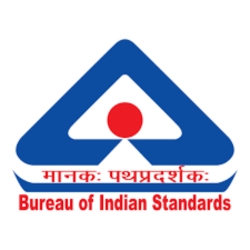
What is BIS Certification for Sweetened ultra high temperature treated condensed milk under IS 12176
BIS Certification for sweetened ultra high temperature (UHT) treated condensed milk is a method of confirming the quality of the product by the Bureau of Indian Standards (BIS). The aim is to ensure that the product meets the Indian standards for safety, composition, and packaging, which have been defined.
This certification guarantees that the milk concentrate:
- Has the milk solids, fat, and sugar added to it in the correct ratios
- Complies with the highest microbiological standards which include, for instance, very low counts of bacterial spores and the total absence of harmful bacteria
- Is obtained and packed under clean, aseptic conditions
- Has been measured correctly and comes with batch details as well as being a labeled product
The procedure comprises submitting a form to the BIS, sending product samples to a lab for testing, and a factory inspection. After the manufacturer passes the compliance tests, the ISI mark can be displayed on the product.
What is IS 12176?

BIS (Bureau of Indian Standards) has released IS 12176 which is the Indian Standard that defines the quality requirements for sweetened ultra-high temperature (UHT) treated condensed milk. ISI MARK
The standard defines:
- Materials: Details of milk solids (minimum), fat content, and sugar added with respect to quantity and quality should be used.
- Method: The UHT process of at least 140 degrees C for 3 seconds or more is required as a guarantee of microbial safety.
- Limits for microorganisms: The total bacterial spores should be as low as possible and there should be no purifying bacteria such as coliforms and Staphylococcus aureus.
- Product handling and promotion: The packaging method is Aseptic so that the original product is preserved and the accurate product information including the batch number and product type is provided.
Who need BIS Certification for Sweetened ultra high temperature treated condensed milk
- Manufacturers of UHT condensed milk in India – BIS certification can be applied for by any company that manufactures sweetened UHT condensed milk in order to show product quality and conformity to IS 12176 as well as to get a certification from the Bureau of Indian Standards.
- Brands targeting institutional buyers – Institutions like schools, hospitals, airlines, and large catering companies acquire or mandate BIS-certified products only, especially those which are used in their daily routine.
- Export-oriented companies – BIS certification or other similar standards are the evidence of trust required by some overseas markets or buyers for accepting any product as safe and of high quality.
- Startups and small-scale dairy producers – The certification is an instrument to establish consumer confidence and set apart products in market rivalry.
- Companies seeking voluntary quality recognition – Even though the certification of IS 12176 has become a voluntary one, the accomplishment of it is like a beacon of compliance with the stringent safety and quality norms.
Key features of BIS Certification
- Quality Assurance: It is a method that certifies a product is in line with the prescribed standards of its composition, is microbiologically safe, and its packaging is in order.
- ISI Mark Authorization: This is an aspect that allows the producers to make use of the ISI mark, which is an internationally acknowledged indicator of quality and trust, after them.
- Compliance Verification: A process of testing products in the laboratory and performing factory audits to ensure that the products comply with IS 12176.
- Consumer Confidence: It is a feature that offers, among others, more trust to consumers, institutional buyers, and export markets.
- Voluntary but Valuable: At present, certification is optional; however, it provides a competitive advantage and market credibility.
- Periodic Surveillance: BIS conducts its detailed inspection and sample testing to ascertain that the compliance is ongoing.
- Standardized Labeling: It is a true depiction of the product that mentions the batch number, type, and manufacturing details.
Step by Step process of BIS Certification for Sweetened ultra high temperature treated condensed milk

Step1: Product Feasibility & Pre-Check
- Firstly, the product manufacturing method should be in line with IS 12176 that has been specified for milk solids, fat, sugar, and microbiological limits.
- Do lab tests at home or through a third party to check the parameters.
- Collect product formula, process flow diagram, and quality assurance manuals to utilize for documentation.
Step2: Application Submission to BIS
- Submit an application for Product Certification Scheme I with the Bureau of Indian Standards (BIS).
- Provide stated product specifications, sample test results, manufacturing process details, and other documentation if required.
- Pay the application and testing fees.
Step3: Sample Testing
- Obtain product samples and deliver them either to a BIS lab or a lab that is authorized by BIS.
- The lab tests the samples for their composition, microbial safety, and other IS 12176 standards.
- In case of product failure, the net necessary changes should be done and testing repeated.
Step4: Factory Audit & Inspection
- The Inspectors from the Bureau of Indian Standards go to the place where the product is made to check for the cleanliness of the area, the control over the process, and the paperwork.
- The places where production is done, machines, and quality control systems are examined thoroughly.
- If the non-conformities are found then there is the necessity to do corrective actions before the next step is proceeded.
Step5: License Issuance & ISI Mark Authorization
- BIS issues a license after the successful laboratory results and the factory audit.
- Results show that the ISI mark and license number can now be put on the product by the manufacturer.
Step6: Surveillance & Renewal
- BIS is always vigilant in carrying out their surveillance and doing sample testing to assure that the product remains compliant with the standards.
- The license has to be issued again from time to time and in that case, the new audits and lab tests are done as necessary.
Timelines, Costs, Validity & Renewal
- Timelines: 45 to 90 days are the estimated processing times for local applications while the time frame for foreign applications is between 3 to 6 months.
- Costs: Justifying the expenses by the type of application, the testing of the product, and the issuing of the license is common practice.
- Validity: It is a rule that the license has a validity of 1 year.
- Renewal: Note that you have to submit revalidated lab reports and other compliance documents; the Bureau of Indian Standards may carry out a surprise inspection prior to the renewal.
Why choose Diligence Certification
- Expert Guidance: Gives you the detailed step-by-step assistance during your BIS application, when your lab testing is done, and factory audit happens.
- Regulatory Knowledge: Persistently informs clients regarding IS 12176 standards, changes in the process of de-notification, and the requirements for labeling.
- Time Efficiency: One of the main advantages of this service is that it eliminates waiting times for various stages of the process such as testing, inspections, license issuance, etc.
- Customized Solutions: A company’s product line and factory will be the determining factors for us in preparing your quality management system and related documentation.
- Market Advantage: Enables the brand to get the ISI certification mark without any difficulties and, as a result, the brand becomes more attractive to consumers and gains more export value.
Conclusion
BIS Certification under IS 12176 for sweetened ultra-high temperature (UHT) treated condensed milk is an indicator of excellent quality, safety, and trustworthiness. Although it is a voluntary certificate, it assures that the product meets the various standards for its composition, microbiological safety, and packaging. Moreover, Diligence Certification makes the whole process a breeze, from the submission of the application, lab testing, factory audit, and surveillance.
The use of BIS license and ISI mark instills a greater degree of consumer confidence and brand loyalty. Additionally, it facilitates receiving institutional contracts and entering the foreign markets. In fact, Diligence Certification makes the achievement of BIS certification a strategic and effortless orientation for quality products in the market.
Frequently Ask questions
What is BIS Certification for UHT condensed milk?
This is a process of quality assurance that the Bureau of Indian Standards (BIS) performs to check whether a product complies with the Indian Standard Specification IS 12176 in respect of its composition, safety, and packaging.
What does IS 12176 specify?
The IS 12176 standard specifies the composition (milk solids, fat, sugar), permissible microbiological count, production requirements, packaging, and labeling for sweetened condensed milk.
Is BIS Certification mandatory for IS 12176 products?
It has been de-notified from the list of mandatory certification. Nevertheless, a lot of companies choose it on their own to gain the customers' trust and loyalty.
Who should apply for BIS Certification?
The manufacturer or brand of the sweetened UHT condensed milk who produces the product for institutional buyers or export markets and wants to have a quality certificate should submit the application.
What is the process for BIS Certification?
The procedure consists of pre-checks, filing the application form, laboratory sample testing, factory visit by the inspector, license distribution, and subsequent surveillance.
How long does BIS Certification take?
Generally, it takes 45–90 days for local manufacturers and 3–6 months for those who are based abroad.
What is the validity of BIS Certification?
The duration of the license is, in most cases, 1 year and it is mandatory that it is renewed along with updated lab reports and inspections.
Can the ISI mark be used after certification?
Indeed, the usage of the ISI mark that is one of the features of the passed product standards is permitted when the certification is achieved.
How does BIS Certification benefit a brand?
Firstly, it makes customers trust brands more. Secondly, as a result of this, they get higher prestige in the market which opens up export and institutional supply possibilities as well as acts as a safety guarantee for them before their consumers.
How can Diligence Certification help?
Diligence Certification is so amazing in the sense it can take the producers through the whole BIS certification process—application, testing, factory audits, documentation, and surveillance—making it very quick and very easy.






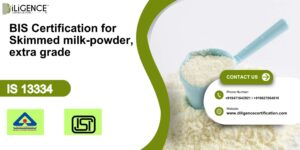
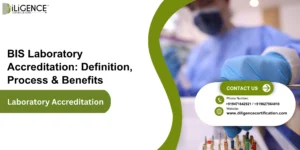
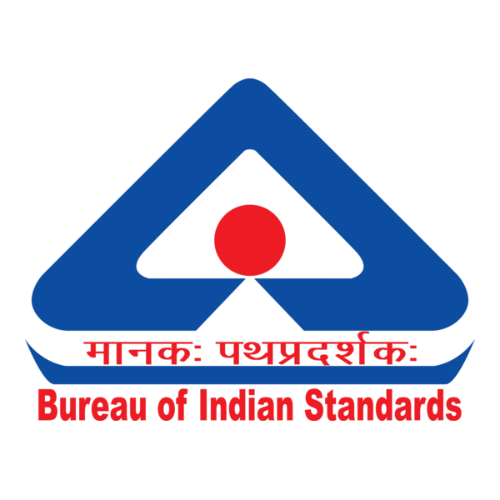 BIS Certification
BIS Certification
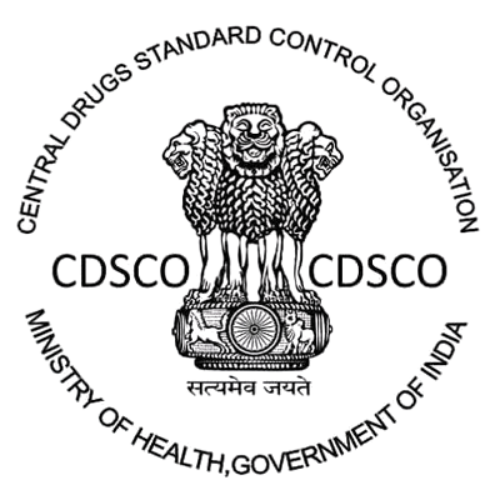 CDSCO
CDSCO
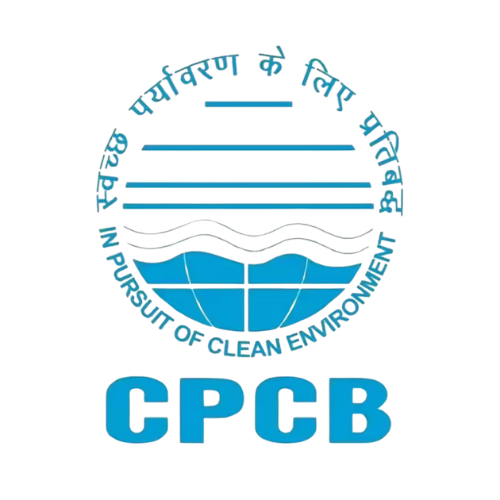 CPCB
CPCB
 LMPC
LMPC
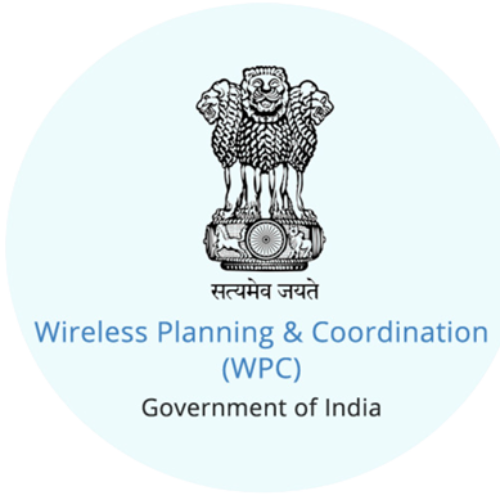 WPC Approval
WPC Approval
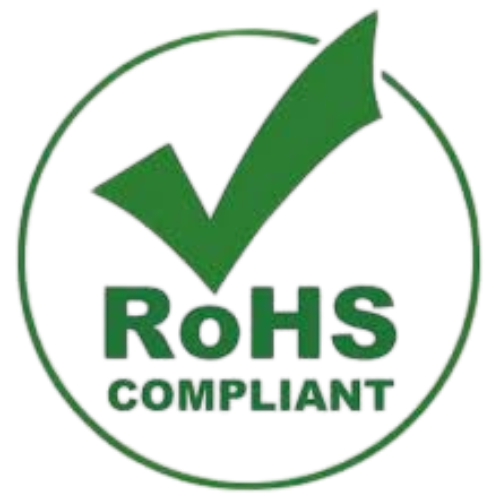 Global Approvals
Global Approvals
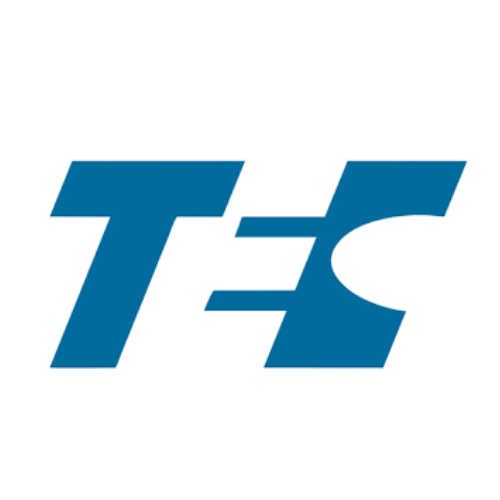 TEC
TEC
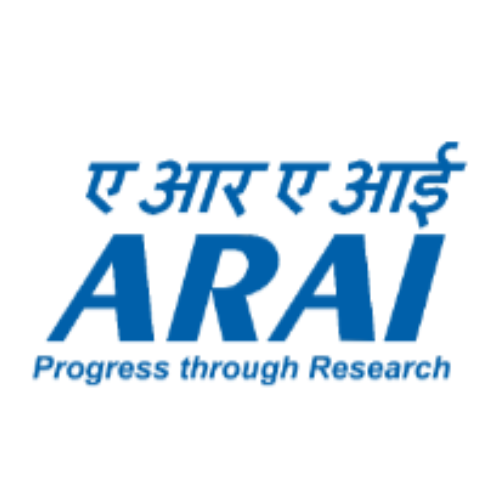 ARAI
ARAI
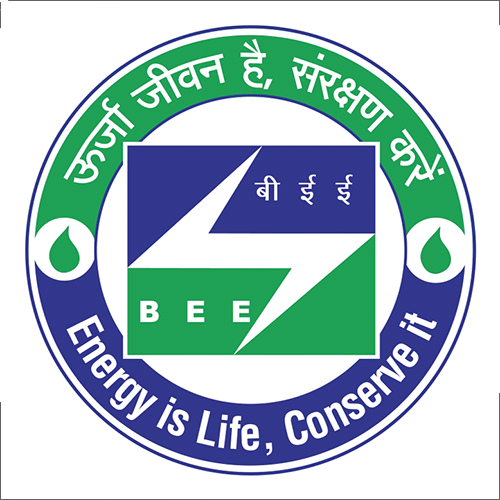 BEE
BEE
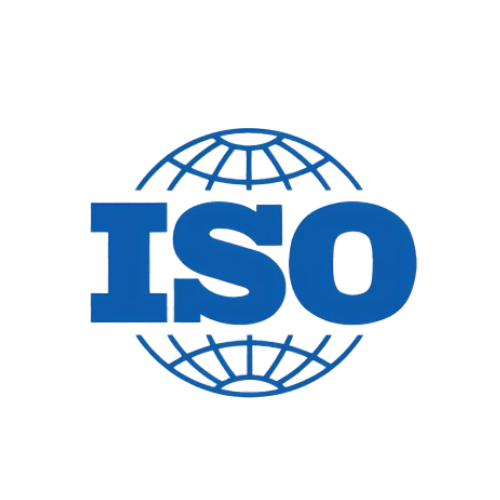 ISO Certification
ISO Certification
 Drone Registration
Drone Registration
 NOC For Steel
NOC For Steel

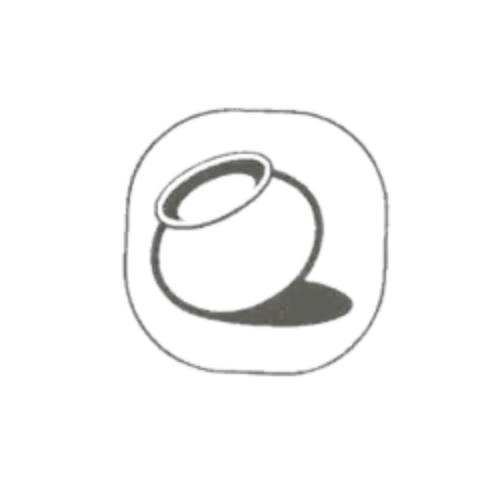
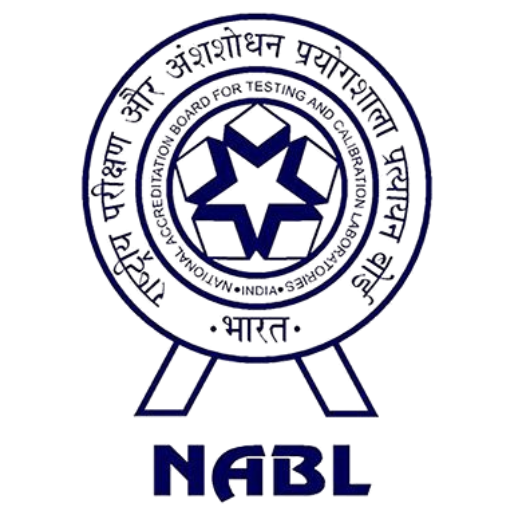
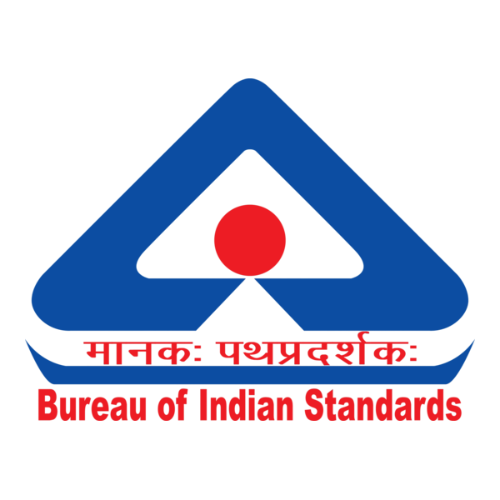
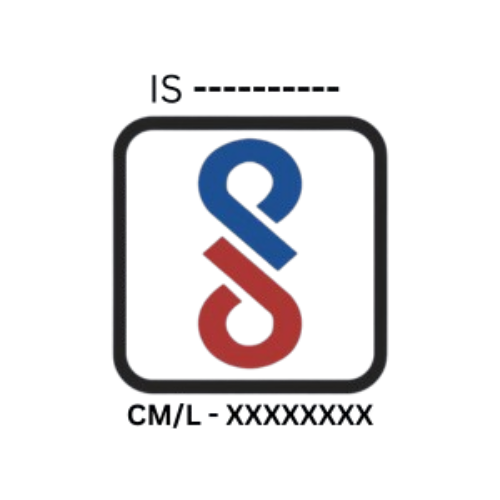
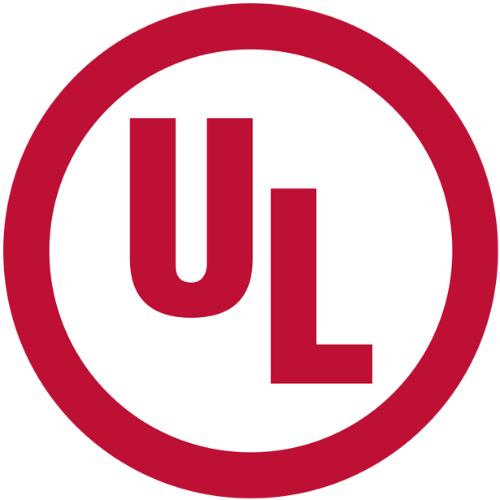


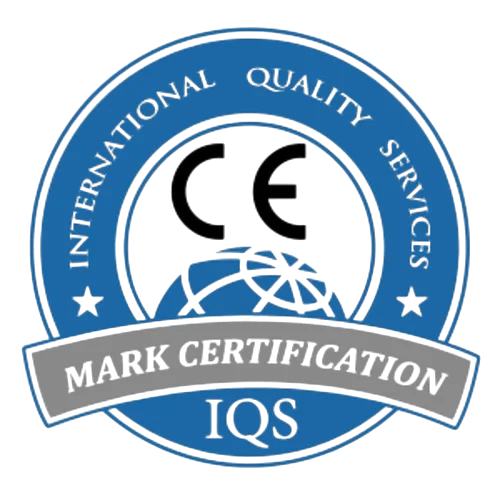


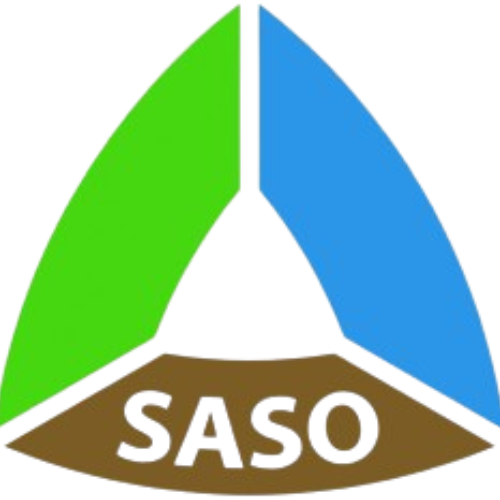

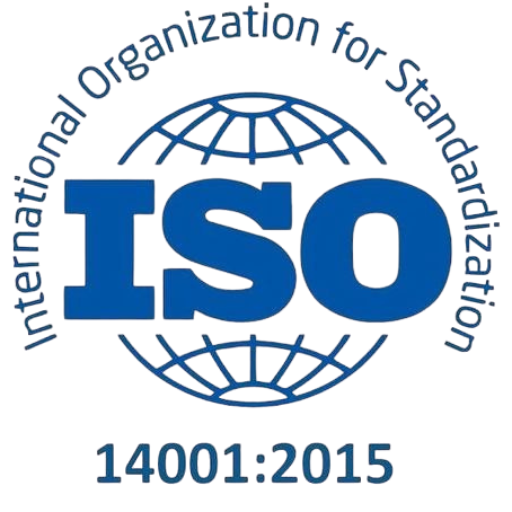
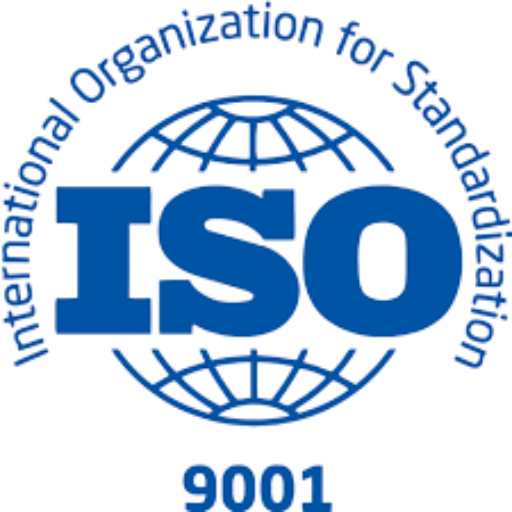
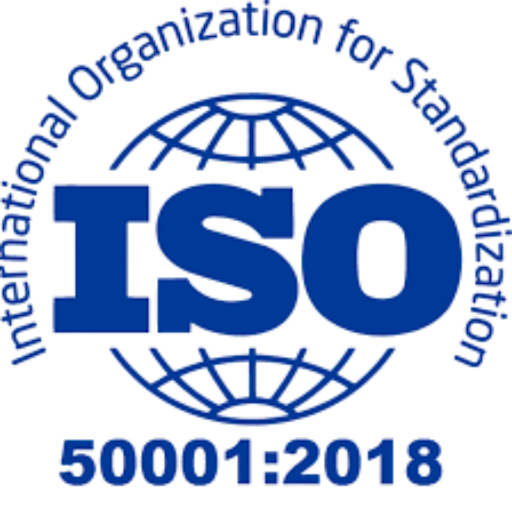
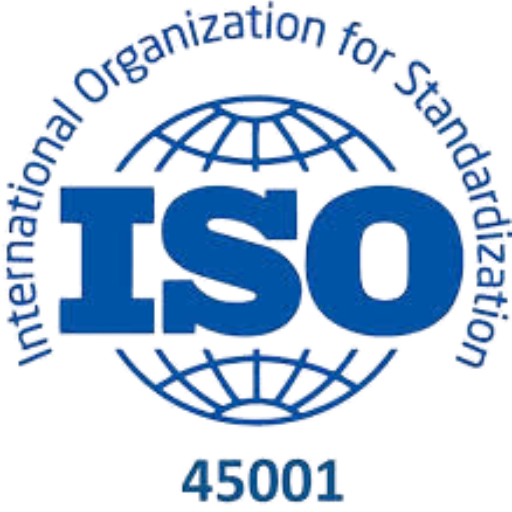
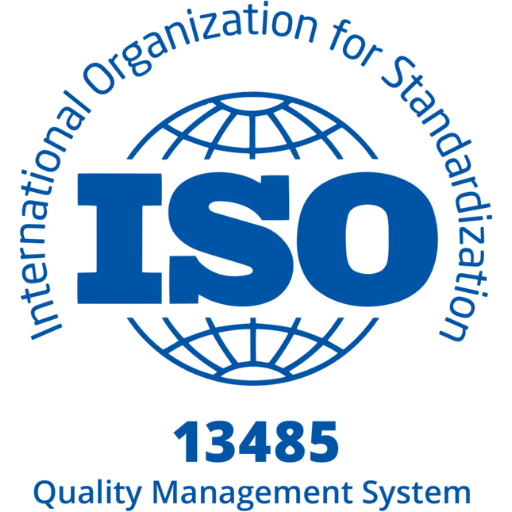
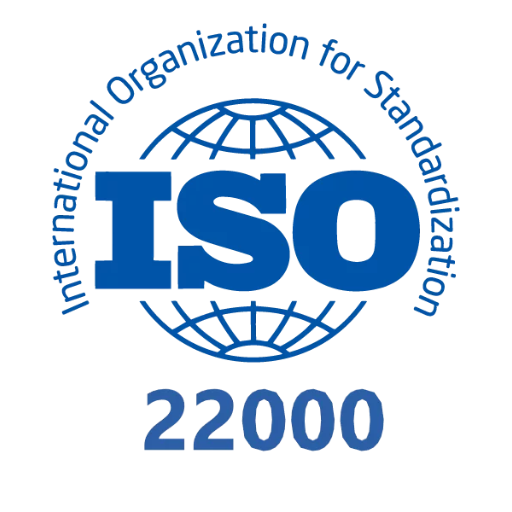
 Business Registration
Business Registration




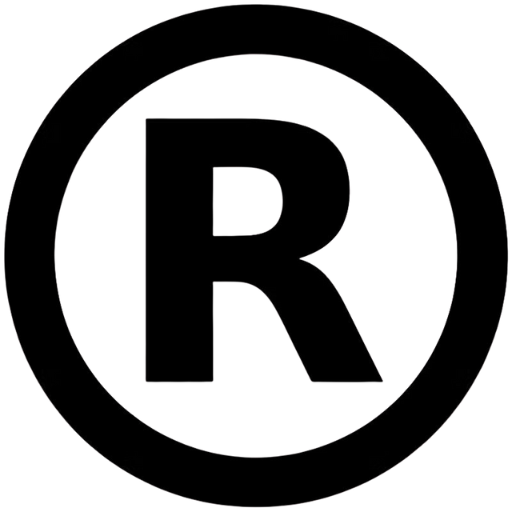
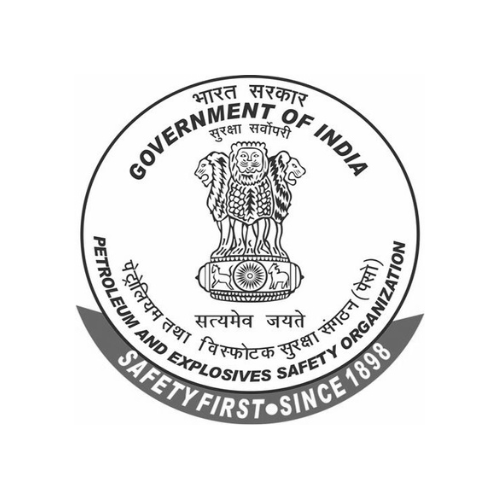






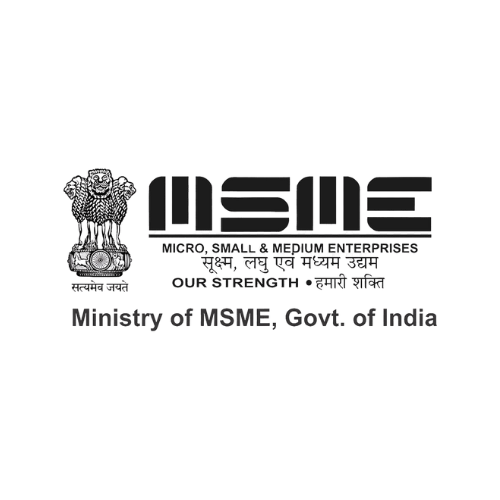

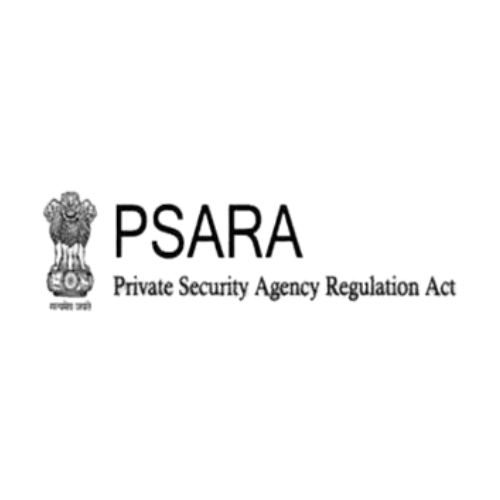
 Legal Services
Legal Services
